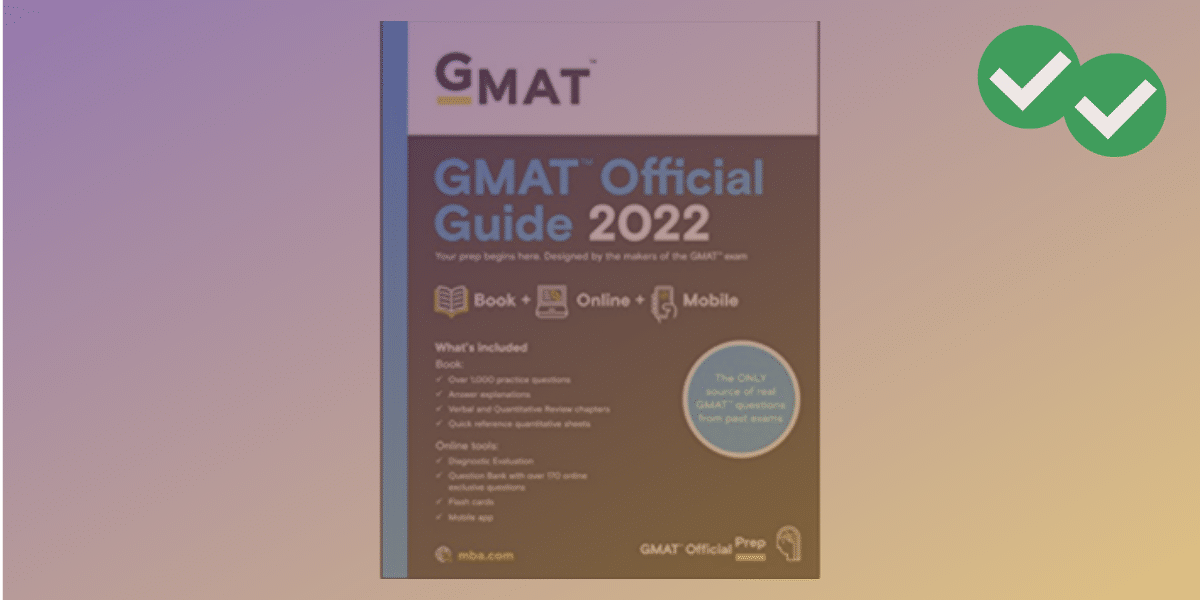Today’s GMAT algebra problem and explanation comes from the OG 12th Edition, Problem Solving Practice Problem #149.
Here is the problem as it appears in the OG:
During a trip, Francine traveled x percent of the total distance at an average speed of 40 miles per hour and the rest of the distance at an average speed of 60 miles per hour. In terms of x, what was Francine’s average speed for the entire trip?
(A) 
(B) 
(C) 
(D) 
(E) 
This problem is a double-whammy, because it’s both a problem about average velocity, and a problem with variables in the answer choice. I am going to explain the principles of average velocity problems, then solve the problem in two ways: the traditional algebraic approach and the plug-in-numbers approach.
What you need to remember about average velocity
This is a problem-type you are almost guaranteed to see on the GMAT: some object travels this distance at this speed for the first leg of the trip, then that distance at that speed for the second leg of the trip; what’s the average velocity?
First of all, you can never simply average the numerical values of the two speeds given to get the average speed. The only formula in the world for average speed is:

What you always need to do is find the distance & time of the first leg (using D = RT), then the distance and time of the second leg, then add the two distances for the total distance, add the two times for the total time, and divide them to find the average velocity. Almost always, if you have to use a variable for the total distance, that variable will cancel in the final division. If you can remember that logic, you can solve GMAT Average Velocity questions.
Approach #1: Algebraic
This is the approach of which your Algebra Two teacher would have approved: a purely symbolic approach. Use the variable D for the total distance.
In the first leg of the trip, she went x% of D at 40 mph. Write the percent as a fraction, then we have:

and we can calculate the time of the first leg via

For the second leg, she went the remainder —  — of D at 60 miles per hour. Change this percent to a fraction, and multiply to find the distance of this leg:
— of D at 60 miles per hour. Change this percent to a fraction, and multiply to find the distance of this leg:

We can calculate the time of the second leg via

Now,we can add the times of the two legs of the trip to get the total time:


The LCD is 12000


Finally, we simply divide the total distance, D, by this expression for the total time, to find the average velocity.

The D’s canceled, as predicted, and we are left with an algebraic expression for the average velocity. This, of course, is answer E.
Approach #2: Plugging in numbers
Your Algebra #2 teacher probably wouldn’t have approved of this method, and maybe even made you feel bad about trying it back in high school, but it is a perfectly legitimate approach to solving problems with variables in the answer choices.
First, we will pick a number for x, but we will be careful: one spectacularly bad choice would be x = 50%, because then the distances of the two legs would be equal, and the ratio of one distance to the other would be one. We don’t know, but the ratio of the two distances could be an important factor somewhere in the calculation, so we don’t want anything that could be an important factor equaling one. Then, from numbers alone, you wouldn’t know whether that factor had been multiplied or not. As a general rule, when you have to pick a number to represent a percent, steer clear of 50%.
Here, I’m going to suggest the somewhat less obvious x = 20%. Francine goes 20% (one-fifth) of her trip at 40 mph and 80% (four-fifths) of her trip at 60 mph. We are going to be dividing distances by 40 and 60 to get times, so I want to pick a number for distance that will be divisible by 40, by 60, by 5, etc. I am going to pick D = 600 miles. Then, Francine goes 20% of 600 mi, or 120 miles, at 40 mph in the first leg, and 80% of 600 mi, or 480 mi, at 60 mph in the second leg.


Total Time = 3 hr + 8 hr = 11 hr

Now, that’s a recognizable fraction, 600/11. When we plug x = 20 into the answer choices, one of the answer choices should give that the average velocity is 600/11.
(A)  fail!
fail!
(B)  fail!
fail!
(C)  fail!
fail!
(D)  — whatever that is, it’s not 600/11
— whatever that is, it’s not 600/11
(E)  bingo!
bingo!
Once again, Answer = E.
Here, you will notice that the plug-in-number approach is quicker, more efficient, and it hones in on the correct answer just as well as the purely algebraic approach. Forget what your Algebra Two teacher wanted you to do. Do whatever method feels most comfortable, most natural, to you.
Here’s another question on average speed, just for more practice: http://gmat.magoosh.com/questions/5






Leave a Reply